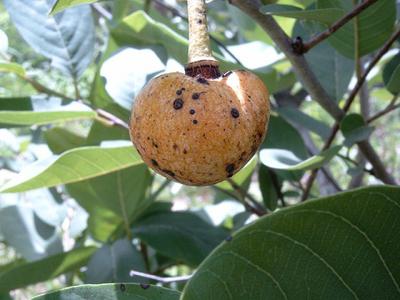VANILLA BEANS | SOYBEAN OIL | SOYMEAL & CAKE | COCOA BEANS | COFFEE BEANS
Annona senegalisis

Photo/appearance
Annona senegalisis in Uganda
What you can use the plant for:
You can use plant for Medicine (bark, root, gum, fruit); fodder (leaves); dye (bark); food (fruit -sweet pulp surrounding seeds is edible)
A traditional food plant in Africa, the fruits of A. senegalensis have the potential to improve nutrition, boost food security, foster rural development and support sustainable land care.
To buy this plant or its products click here.
Plant species Name(s)
Annona senegalisis
wild custard apple
Plant Local name(s)
In Runyoro (Mubengeya),
In Ateso (Ebolo),
In Lugbara(Elipo, Lamodi), and
In Luo (Obwolo)
Where to find this Plant in Uganda
In Uganda you will find this plant in dry wooded grasslands and woodlands always associated with albizia spp
Annona senegalensis takes the form of either a shrub or small tree, growing between two and six meters tall. Occasionally, it may become as tall as 11 m.
It has bark of smooth or coarse texture, that can be a gray-silver or gray-brown. It is leaf-scarred, with nearly round flaking, showing lighter-hued spaces of under bark.
Branches have thick, gray, brown or yellow tomentum when new, but this is later shed with age.
Its green to blue-green leaves are alternate, simple, oblong to ovate to elliptic, from 6–18.5 long by 2.5–11.5 cm wide, with upper sides nearly hairless, but often hairy on the undersides, green to reddish, aracnose veins on both surfaces, with rounded to slightly notched apices. The leaf base is squared or barely lobeliar. The leaf margin is entire. Stout petioles are 0.5&ndash:2.5 cm long.
Flowers mature to up to 3 cm in diameter, on 2 cm stalks, either singular, or two to four, ascending from the leaf axils. Six thick, creamy or xanthate petals display in double whorls, and green on the outside, but either creamy or sanguine within; each is roughly 0.8–1.5 by 0.9–1.1 cm, hairless or somewhat fuzzy. Petals' inner whorls curve over its stamens and ovary, three loose sepals are ovalish, and smaller than the petals (3–4 by 4–5 mm). The stamens range from 1.7 to 2.5 mm in length.
Fruits are formed of numerous fused, fleshy, bumpy, ovaform or globular carpels about 2.5–5 by 2.5–4 cm. They are green when young, ripening to yellow, and eventually to orange, packed with many burnt-orange-colored, oblong, cylindrical seeds. The fruit stalk is 1.5–5 cm in length.
A. senegalensis is generally pollinated by several species of beetle, but can be hand pollinated when grown as a crop plant. Its seed viability usually lasts no more than six months.
To buy this plant or its products click here.
Join in and write your own page! It's easy to do. How? Simply click here to return to Plants Guide.
Haven't yet found what you Want...?
If you haven't yet found what you were looking for or you need detailed information about the subject matter on this page then... feel free to ask our business travel consultants. |




